Climate Change Marine Productivity Ocean Oxygen Levels Drop 2% In 50 Years, Nature Study Finds
Hey, how's it going? I wanted to talk to you about something really interesting today - the carbon cycle in the oceans. Have you ever wondered how carbon dioxide moves through the vast ocean waters? Well, let me fill you in on the details.
How Does Carbon Dioxide Cycle Through the Oceans?
Carbon dioxide plays a crucial role in the Earth's climate system, and understanding its movement through the oceans is essential. The oceanic carbon cycle involves various processes, such as ocean-atmosphere gas exchange, biological processes, and chemical reactions. Let's dive into each of these processes:
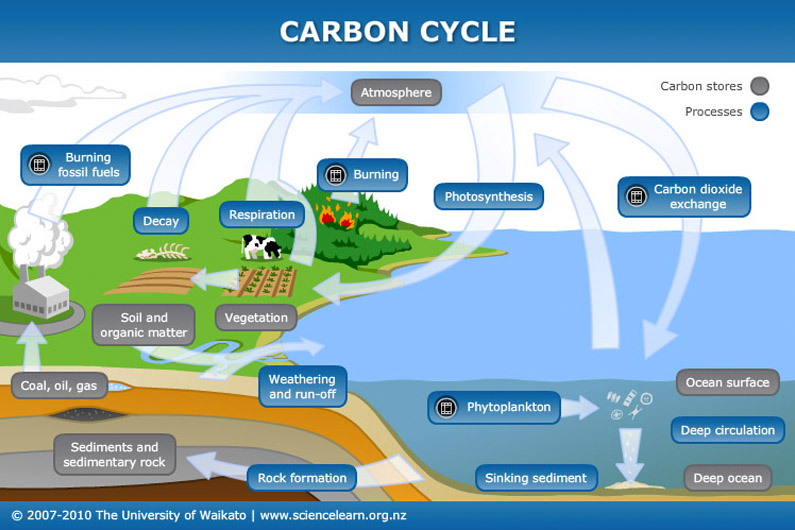
1. Ocean-Atmosphere Gas Exchange:
The surface of the oceans acts as a crucial interface for gas exchange between the atmosphere and the ocean. When carbon dioxide (CO2) dissolves in the ocean surface, it reacts with water molecules to form carbonic acid. This reaction is facilitated by the presence of carbonate ions already present in seawater. Additionally, the ocean surface also releases carbon dioxide back into the atmosphere.
This exchange process plays a vital role in maintaining the balance of carbon dioxide concentrations between the atmosphere and the oceans.
2. Biological Processes:
Biological processes, including photosynthesis and respiration, influence carbon dioxide levels in the oceans. Photosynthesis by marine plants, such as phytoplankton, helps remove carbon dioxide from the water. These tiny plants use sunlight to convert carbon dioxide and nutrients into organic matter through photosynthesis. This organic matter becomes food for other organisms in the oceanic food chain, further transferring carbon within the system.
Respiration, on the other hand, releases carbon dioxide back into the water as marine organisms consume oxygen and produce carbon dioxide as a byproduct. These biological processes, along with the decomposition of organic matter, play a significant role in the carbon cycle in the oceans.
3. Chemical Reactions:
The oceans also undergo various chemical reactions that influence the carbon cycle. One essential reaction is the formation of calcium carbonate shells and skeletons by marine organisms such as corals and mollusks. These organisms extract calcium ions and carbonate ions from the seawater to build their protective structures.
When these organisms die or their shells dissolve, the calcium carbonate can sink to the ocean floor, trapping carbon in the sediments for an extended period. This process is known as carbonate pump, and it contributes to carbon sequestration, effectively removing carbon dioxide from the surface waters.
Now, you might be wondering why this carbon cycle in the oceans matters in the context of climate change. Well, the oceans are significant absorbers and storers of carbon dioxide, helping mitigate its impact on the atmosphere. However, increased carbon dioxide emissions from human activities, such as burning fossil fuels, have led to an imbalance in the carbon cycle.
This excess carbon dioxide is causing ocean acidification, where the increased concentration of carbonic acid affects the natural pH balance of seawater. The consequences of ocean acidification can be detrimental to marine life, including coral reefs and shellfish that rely on calcium carbonate for their structures.
Understanding the intricate processes of the carbon cycle in the oceans is crucial for developing sustainable strategies to mitigate climate change effects and protect our marine ecosystems.
Nature's Solution to Climate Change
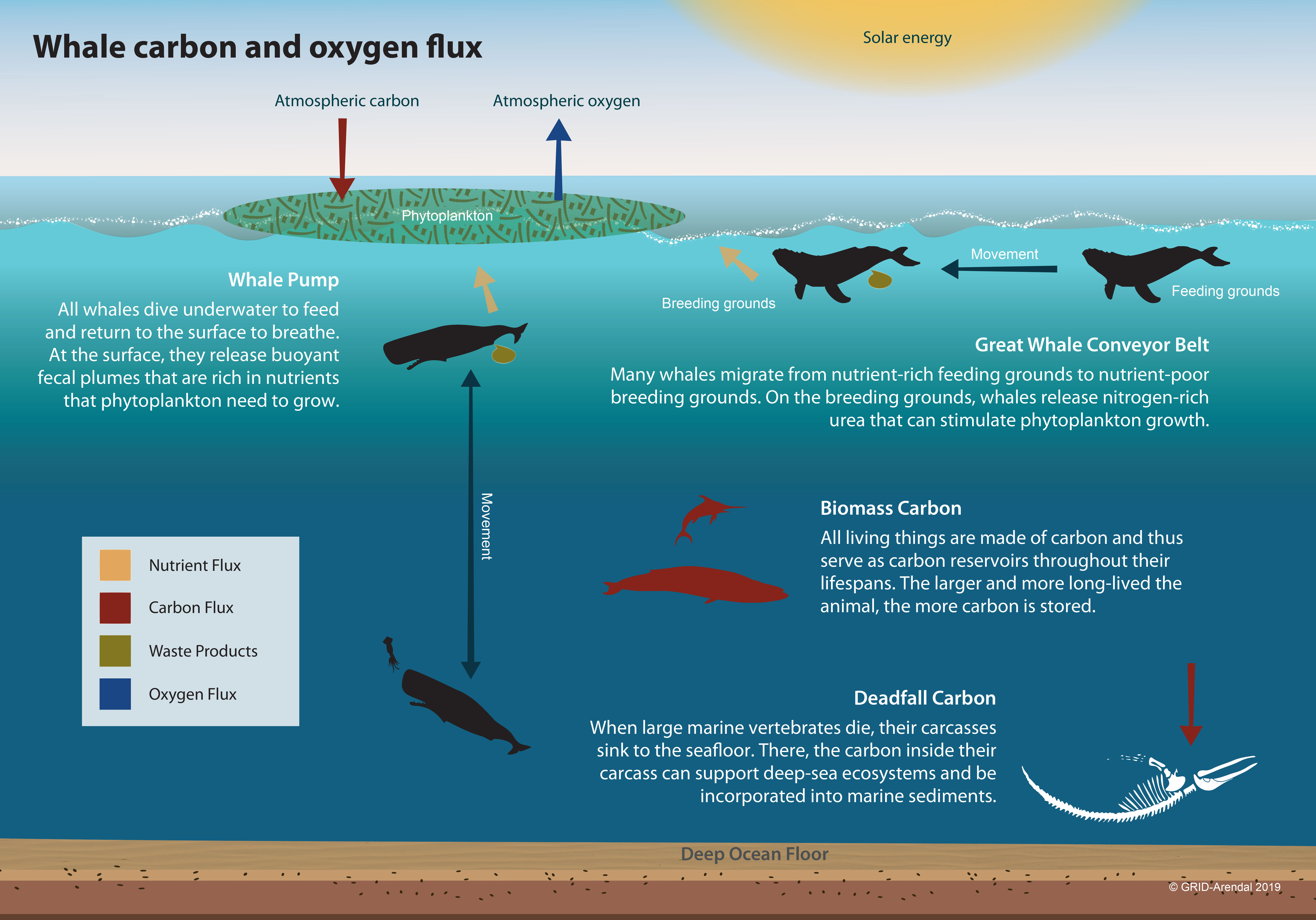
Climate change is a pressing issue globally, and scientists and researchers are exploring various solutions. Nature itself has presented us with a remarkable solution to combat climate change - trees! Trees play a vital role in carbon sequestration and storing greenhouse gases.
When trees undergo photosynthesis, they absorb carbon dioxide from the atmosphere and convert it into oxygen and organic matter. They release the oxygen back into the air, benefitting all living beings, while storing the carbon in their trunks, branches, and roots. This natural process helps reduce the concentration of greenhouse gases in the atmosphere, thereby mitigating climate change.
However, deforestation and land degradation have resulted in the loss of countless trees and hindered nature's solution to climate change. It is essential to protect and restore forests to maintain the balance of the carbon cycle and combat climate change effectively.
Imagine a world where trees thrive, absorbing carbon dioxide and providing us with clean and fresh oxygen - a solution right in front of us!
Sea Levels Set to Keep Rising for Centuries
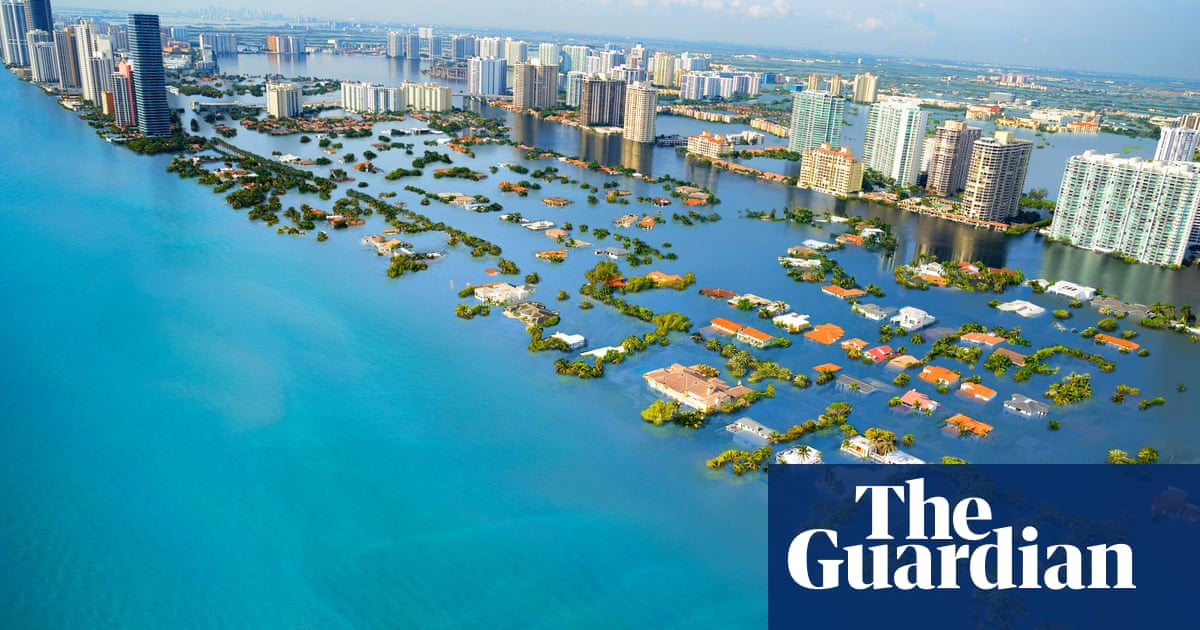
Rising sea levels are a significant consequence of climate change that we need to address urgently. Even if we achieve our emissions reduction targets, sea levels are expected to continue rising for centuries. Let's understand why:
As the Earth's temperature increases due to greenhouse gas emissions, the polar ice caps and glaciers melt, resulting in additional water entering the oceans. This water expands as it warms, leading to an increase in the overall volume of the oceans. The combination of melting ice and thermal expansion contributes to rising sea levels.
The consequences of rising sea levels are far-reaching, impacting coastal communities, biodiversity, and infrastructure. Low-lying coastal regions and islands are particularly vulnerable to increased flooding and erosion, putting millions of people at risk.
Addressing climate change and reducing greenhouse gas emissions are crucial steps to mitigate the long-term effects of rising sea levels. Additionally, implementing adaptation strategies such as coastal protection measures and sustainable land use planning can help minimize the impact on affected areas.
Climate Change and the Ocean
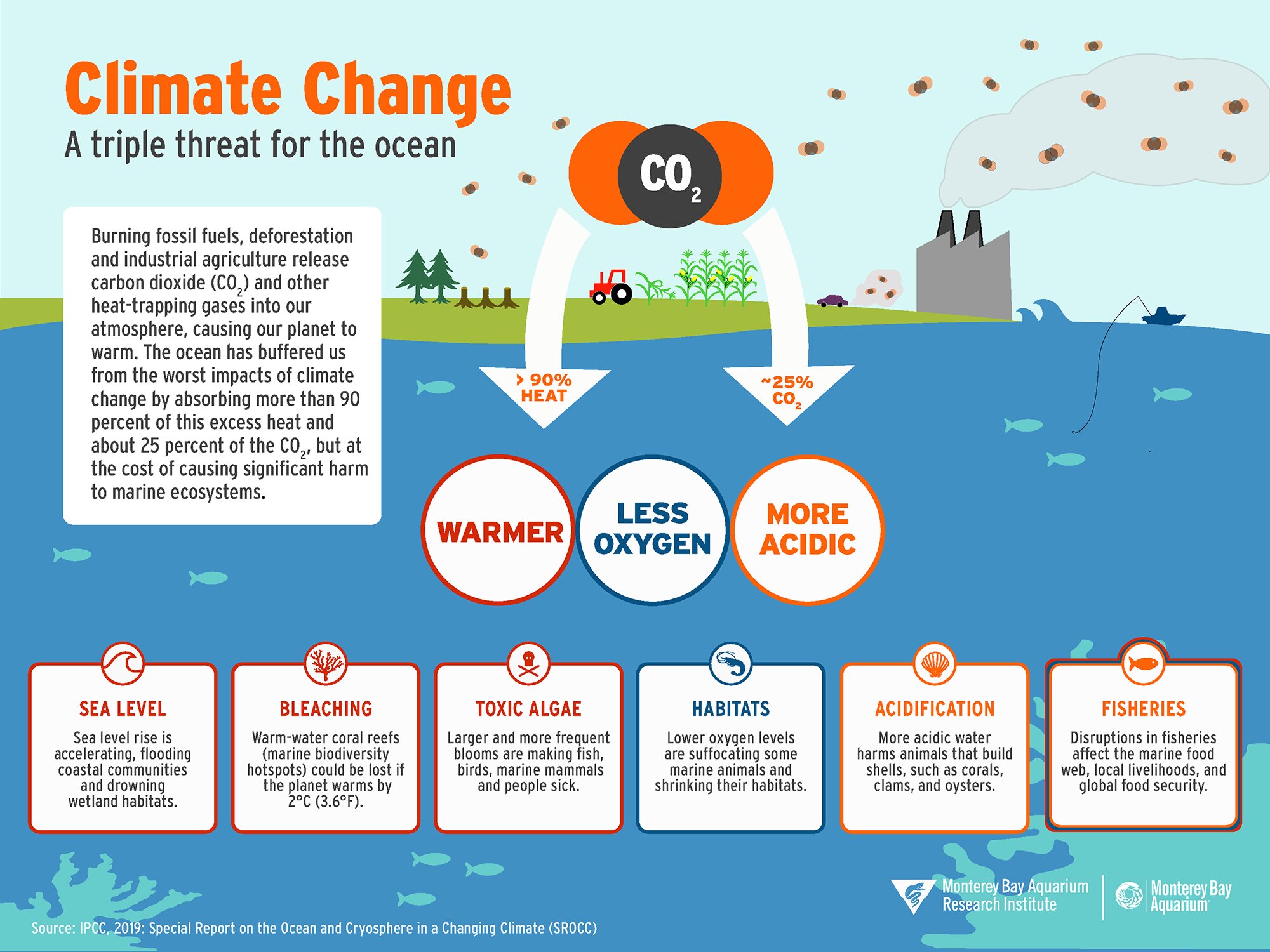
The ocean plays a vital role in regulating the Earth's climate, but it is also significantly impacted by climate change. Let's take a closer look at the relationship between climate change and the ocean:
1. Ocean Warming:
Rising global temperatures due to increased greenhouse gas emissions are causing the oceans to warm. Warmer oceans can disrupt marine ecosystems, affecting the distribution and abundance of marine species. It can also lead to coral bleaching, where coral reefs lose their vibrant colors due to stressed symbiotic algae, ultimately leading to their decline.
2. Ocean Acidification:
As mentioned earlier, increased carbon dioxide concentrations in the atmosphere are also absorbed by the oceans, leading to ocean acidification. This process causes a decrease in pH levels, affecting the growth and survival of many marine organisms, including shellfish, corals, and plankton.
3. Sea Level Rise:
Rising global temperatures cause thermal expansion of ocean waters, contributing to sea level rise. This rise can result in coastal erosion, increased storm surges, and saltwater intrusion into freshwater systems.
4. Changes in Ocean Currents and Circulation:
The Earth's climate system relies on ocean currents like the Gulf Stream and the Atlantic Meridional Overturning Circulation (AMOC). Climate change can disrupt these currents, potentially affecting weather patterns, regional climates, and even ocean nutrient distribution.
Understanding the intricate interactions between climate change and the ocean is essential for developing effective mitigation and adaptation strategies. Preserving and restoring marine ecosystems and reducing greenhouse gas emissions are critical steps toward safeguarding the health and stability of our oceans.
Ocean Plant Life Slows Down and Absorbs Less Carbon

Ocean plant life, particularly phytoplankton, plays a vital role in the carbon cycle as they absorb carbon dioxide through photosynthesis. However, recent research suggests that ocean plant life is slowing down and absorbing less carbon. Let's explore this fascinating phenomenon:
1. Warming Ocean Temperatures:
As the oceans warm due to climate change, it affects the growth and productivity of phytoplankton. These microscopic plants rely on nutrient cycling and upwelling from deeper waters to thrive. When warmer surface waters become stratified, nutrients essential for phytoplankton growth may remain trapped below, limiting their ability to grow and absorb carbon dioxide.
2. Nutrient Limitation:
In some regions, nutrient availability directly affects phytoplankton growth. Increased ocean temperatures and changing currents can disrupt nutrient supply, leading to decreased phytoplankton productivity and subsequently lower carbon absorption.
3. Ocean Acidification:
As mentioned earlier, ocean acidification resulting from increased carbon dioxide levels can directly impact phytoplankton. Some studies suggest that higher carbon dioxide concentrations may inhibit the growth of phytoplankton, affecting their ability to contribute to carbon fixation.
It is important to monitor these changes in ocean plant life as they play a crucial role in regulating Earth's climate. Researchers are continually studying the complex interactions between climate change, ocean temperature, and nutrient availability to gain a better understanding of this phenomenon.
Climate Change Slowdown is Due to Warming of Deep Oceans
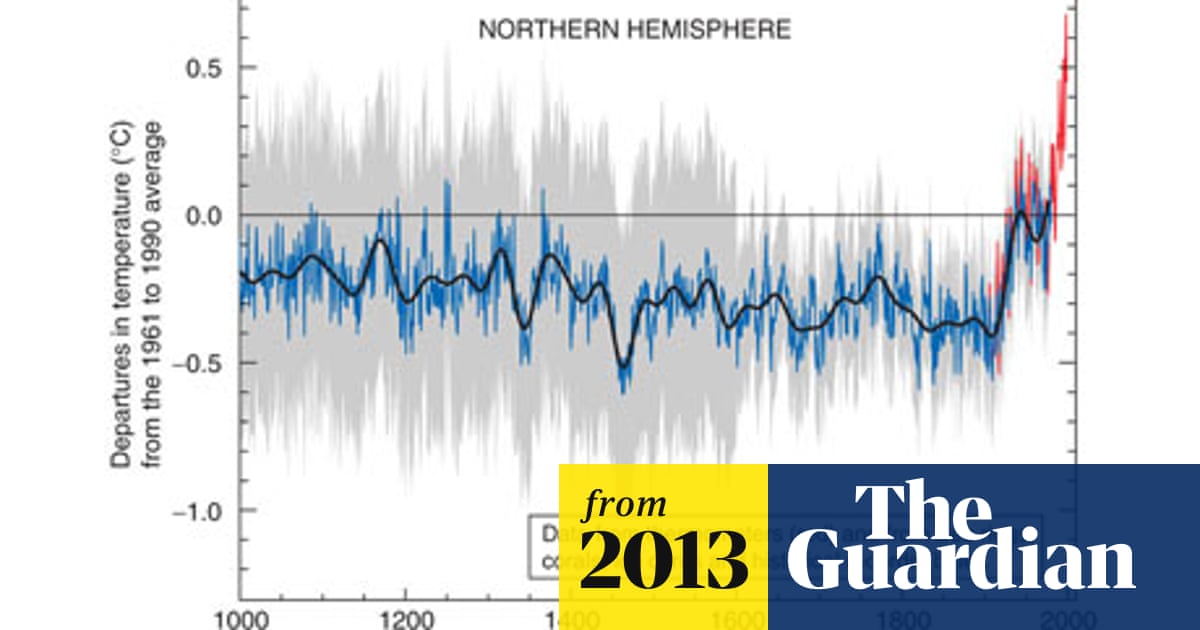
Have you ever wondered why global surface temperatures haven't increased as quickly as predicted over the past decade or so? The answer lies in the warming of the deep oceans, which has acted as a temporary buffer, slowing down the rate of surface warming. Let's delve deeper into this intriguing phenomenon:
The deep oceans have a much larger heat capacity than the atmosphere, allowing them to absorb and store vast amounts of heat. While the surface temperatures may not show a significant increase, the heat accumulating in the deep oceans has substantial implications for our climate system.
The gradual warming of the deep oceans affects oceanic circulation patterns, such as the Atlantic Meridional Overturning Circulation (AMOC), which plays a vital role in global climate regulation. Changes in ocean circulation can affect the distribution of heat and nutrients, potentially altering weather patterns on regional and global scales.
While the deep oceans have temporarily slowed down the surface warming, it is important to note that this phenomenon is not a long-term solution. It is a reflection of the complex interactions within Earth's climate system, highlighting the significance of understanding and addressing all components of climate change.
Ocean Oxygen Levels Drop in 50 Years
Did you know that ocean oxygen levels have dropped by 2% in the last 50 years? A recent study published in the journal Nature revealed this alarming trend and its potential implications. Let's explore:
1. Causes of Oxygen Depletion:
Climate change and human activities play significant roles in reducing oxygen levels in the oceans. Rising global temperatures contribute to thermal stratification, where warm surface waters become less mixed with deeper, oxygen-rich waters. Additionally, human-driven nutrient pollution, primarily from agricultural runoff and wastewater discharge, leads to excessive algal growth. When these algae decompose, it consumes oxygen, creating oxygen-depleted zones.
2. Consequences for Marine Life:
The decline in oxygen levels poses a significant threat to marine ecosystems. Oxygen-depleted areas, known as "dead zones," are inhospitable for many marine species, including fish, crabs, and other organisms, leading to habitat loss and population decline. The impact can ripple through the food web, affecting the entire ecosystem.
3. Feedback Loop:
The decline in ocean oxygen levels can also exacerbate climate change. When oxygen-depleted waters reach the seafloor, they can produce nitrous oxide, a potent greenhouse gas that contributes to global warming.
It is crucial to address the root causes of declining oxygen levels in the oceans, including reducing nutrient pollution, mitigating climate change, and protecting vulnerable marine habitats. Conservation efforts and sustainable practices can help preserve the health and biodiversity of our oceans.
Chapter 1: Framing and Context of the Report
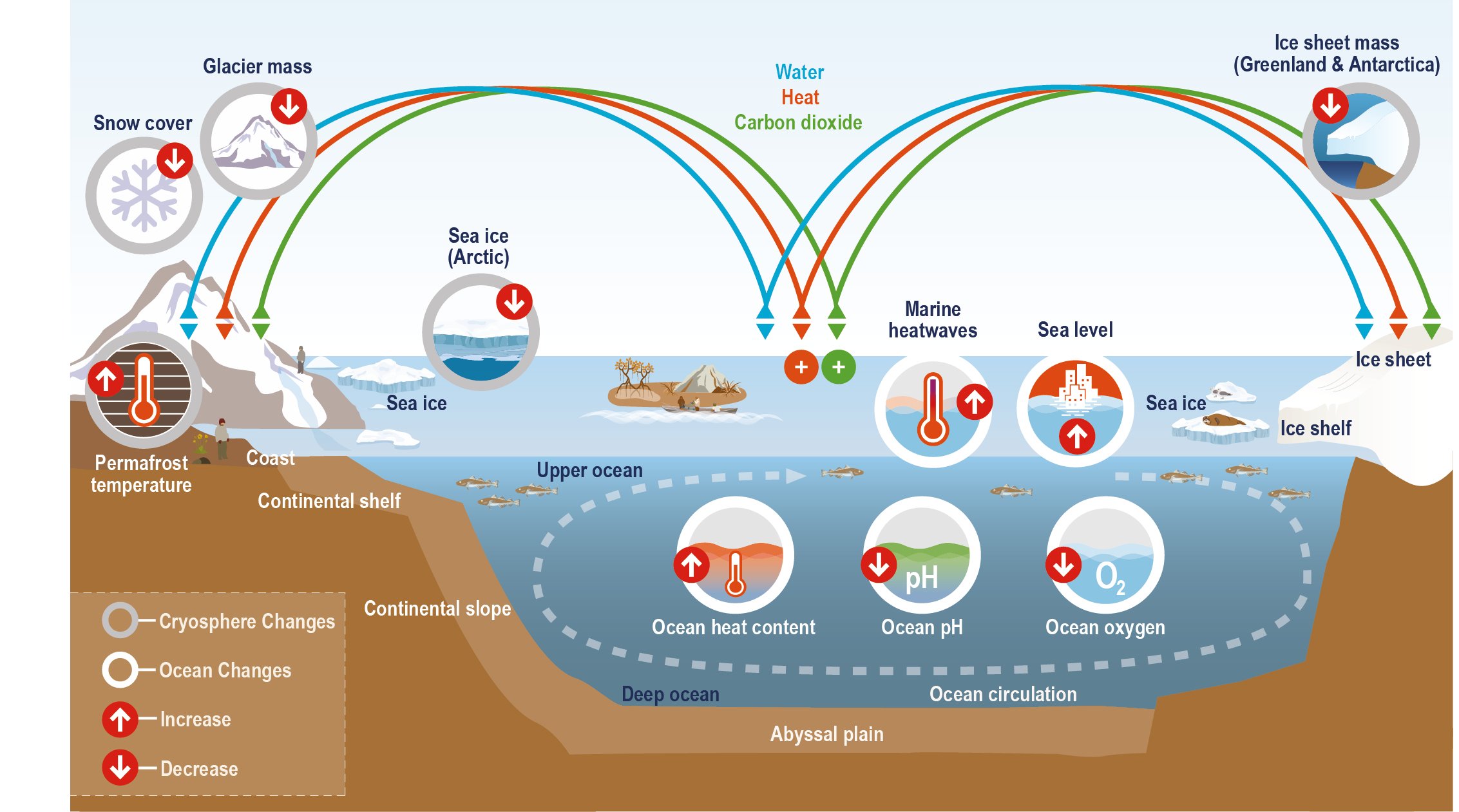
The Intergovernmental Panel on Climate Change (IPCC) released a Special Report on the Ocean and Cryosphere in a Changing Climate (SROCC) to evaluate the impacts of climate change on the world's oceans and icy regions. Let's explore Chapter 1, which sets the framing and context of this important report:
The report highlights the intricate relationship between climate change, the oceans, and cryosphere (the frozen parts of the Earth's surface like glaciers and ice caps). It provides scientific evidence on the observed changes, impacts, and projected future scenarios, emphasizing the need for urgent action.
Chapter 1 of the report focuses on three core aspects:
1. Linkages between the Oceans and Cryosphere:
It emphasizes the critical role of the oceans and cryosphere in the Earth's climate system. These components interact with the atmosphere, influencing weather patterns, ocean currents, and sea level rise.
2. Key Concepts and Definitions:
The chapter defines essential concepts like ocean acidification, sea-level rise, and impacts
If you are searching about Study: Ocean 'deserts' expanding - US news - Environment - Climate you've came to the right place. We have 30 Images about Study: Ocean 'deserts' expanding - US news - Environment - Climate like Cooling-down mechanism of past extreme global warmings | UTokyo Research, NASA Visible Earth: Changes in Ocean Productivity and also Cooling-down mechanism of past extreme global warmings | UTokyo Research. Here you go:
Study: Ocean 'deserts' Expanding - US News - Environment - Climate
ocean pacific noaa oceans productivity map nutrients deserts expanding atlantic surface areas warn experts least study
Ocean warming predicted to amplify tropical rainfall extremes. Climate change chart solution imf
Sea Levels Set To Keep Rising For Centuries Even If Emissions Targets
 www.theguardian.com
www.theguardian.com rising climate 2050 centuries emissions scientific 2030
Cycle dioxide climate earth. Climate change ice water environment causes arctic impact melting global health snow problems earth weather united cause impacts warming changing
How Does Carbon Dioxide Cycle Through The Oceans? | Communicating
 blogs.ubc.ca
blogs.ubc.ca cycle dioxide climate earth
Climate: a geological perspective. Warming ocean to alter ecosystems and affect fisheries by end of
Climate: A Geological Perspective
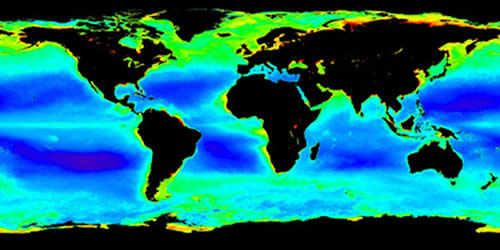 www.uwosh.edu
www.uwosh.edu productivity surface ocean climate perspective nasa concentration chlorophyll shown colors water red faculty hiatt uwosh staff
How does carbon dioxide cycle through the oceans?. Rainfall predicted extremes amplify variability scitechdaily
Indian Ocean Plays Key Role In Global Warming Hiatus - NOAA's Atlantic
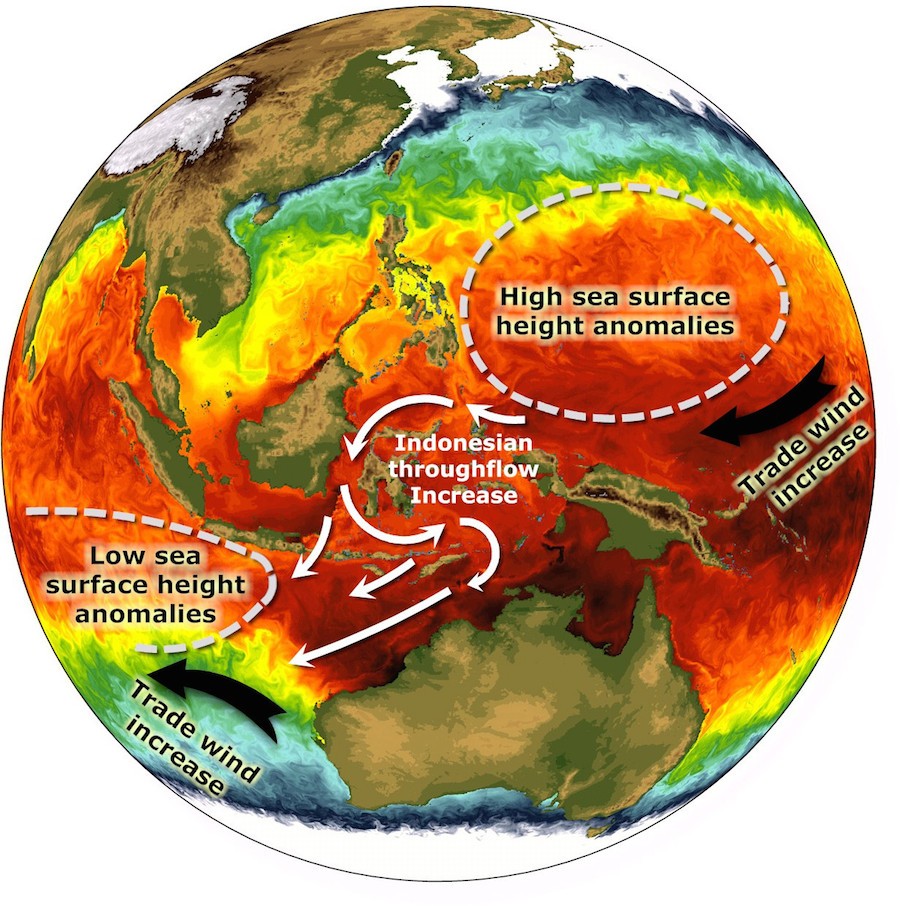 www.aoml.noaa.gov
www.aoml.noaa.gov ocean indian warming pacific global heat climate map showing illustration water noaa surface indonesian movement atmosphere oceans piling depths division
Chapter 1: framing and context of the report — special report on the. Productivity surface ocean climate perspective nasa concentration chlorophyll shown colors water red faculty hiatt uwosh staff
NASA Visible Earth: Changes In Ocean Productivity
 visibleearth.nasa.gov
visibleearth.nasa.gov lrg czc changes
You can't have a healthy planet without a healthy ocean. Indian ocean plays key role in global warming hiatus
Chapter 1: Framing And Context Of The Report — Special Report On The
 www.ipcc.ch
www.ipcc.ch cryosphere ipcc framing glacier
You can't have a healthy planet without a healthy ocean. New research says preserving at least 30 percent of the ocean will
Cooling-down Mechanism Of Past Extreme Global Warmings | UTokyo Research
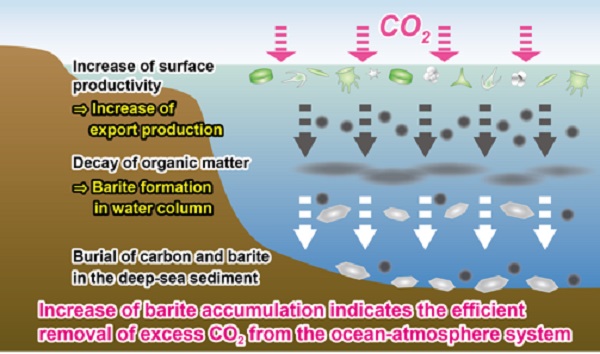 www.u-tokyo.ac.jp
www.u-tokyo.ac.jp global mechanism warming ocean diagram schematic productivity feedback marine warmings cooling extreme past down illustrating sediment deep tokyo plankton process
Impact ecosystems naoe. How climate change threatens the seas
Reconciling Ocean Productivity And Fisheries Yields – Geophysical Fluid
 www.gfdl.noaa.gov
www.gfdl.noaa.gov productivity ocean fisheries reconciling yields
Pollution oceans. Climate change: global sea level rise could be bigger than expected
Ocean Warming Predicted To Amplify Tropical Rainfall Extremes
 scitechdaily.com
scitechdaily.com rainfall predicted extremes amplify variability scitechdaily
Climate change ocean acidification co2 negative consequences infographic emissions than term long 2000. Ocean warming predicted to amplify tropical rainfall extremes
Warming Ocean To Alter Ecosystems And Affect Fisheries By End Of
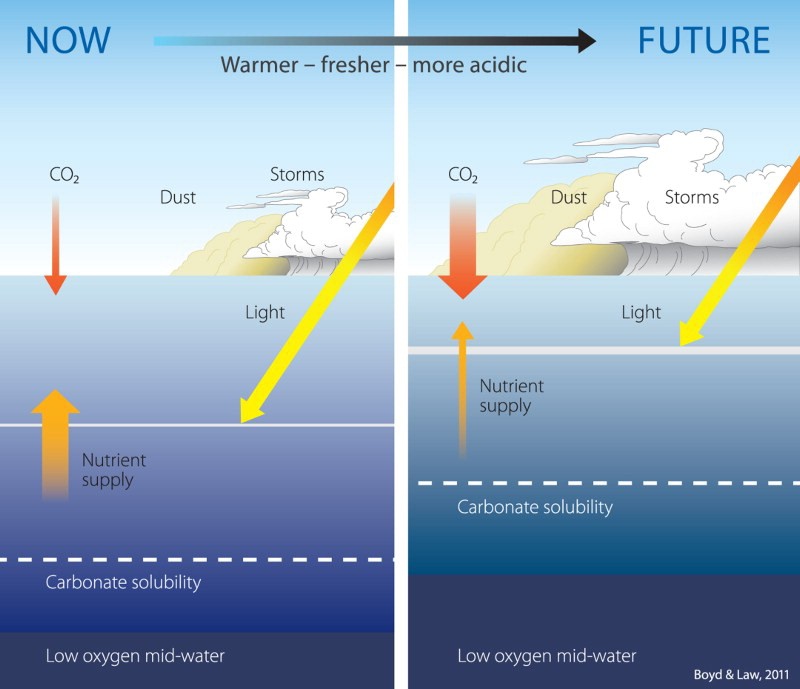 niwa.co.nz
niwa.co.nz ocean warming niwa fisheries ecosystems climate change upper scientists affect alter century says end projected response changes properties nz
Climate change: marine heatwaves kill coral instantly. Protect oceans from climate change, overfishing, pollution: kerry & cameron
Ocean Heat Waves Are Directly Linked To Climate Change - The New York Times
 www.nytimes.com
www.nytimes.com change
Pollution oceans. Global mechanism warming ocean diagram schematic productivity feedback marine warmings cooling extreme past down illustrating sediment deep tokyo plankton process
How Climate Change Threatens The Seas
climate change ocean acid
Climate change chart solution imf. Pollution oceans
Climate Change Slowdown Is Due To Warming Of Deep Oceans, Say
 www.theguardian.com
www.theguardian.com graph climate change hockey ipcc stick warming report michael oceans 2010 environment due
Sea levels set to keep rising for centuries even if emissions targets. Productivity ocean fisheries reconciling yields
1409084132000-AP-Climate-Change.jpg
climate change ice water environment causes arctic impact melting global health snow problems earth weather united cause impacts warming changing
Ocean climate action 2021. Climate change ocean acidification co2 negative consequences infographic emissions than term long 2000
Climate Change: Marine Heatwaves Kill Coral Instantly - BBC News
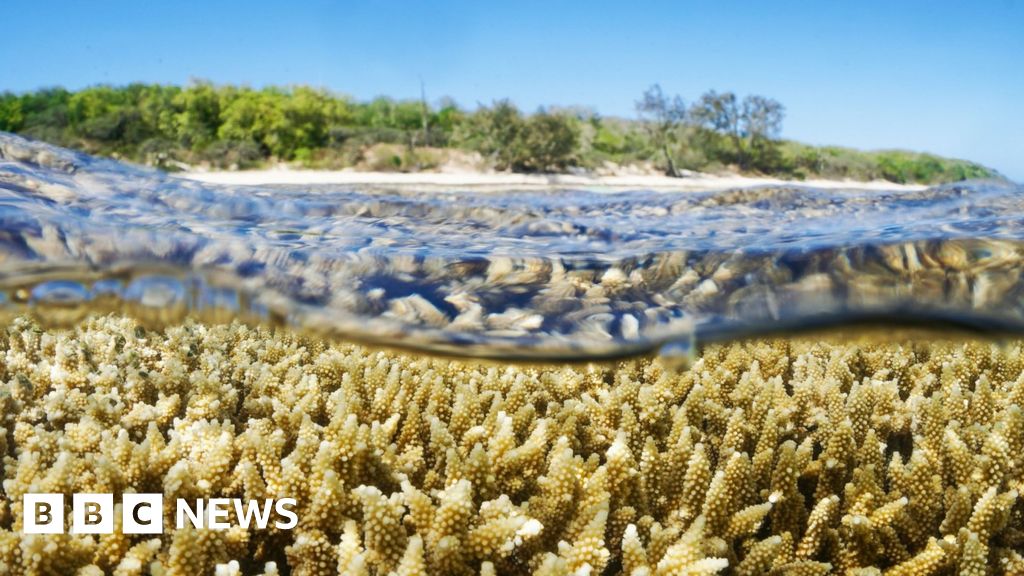 www.bbc.com
www.bbc.com heatwaves
Ocean warming niwa fisheries ecosystems climate change upper scientists affect alter century says end projected response changes properties nz. Warming oceans fragility ecosystems rise heating oceani journalnow scienze
Research
impact ecosystems naoe
Ocean climate action 2021. Sea levels set to keep rising for centuries even if emissions targets
MBNMS Resource Issues: Climate Change
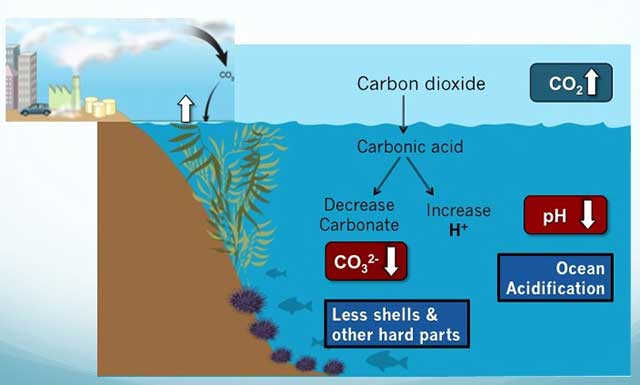 montereybay.noaa.gov
montereybay.noaa.gov acidification ocean noaa carbon diagram cycle co2 change climate causing process issues into when bay marine absorbed monterey shells resource
Protect oceans from climate change, overfishing, pollution: kerry & cameron. Lrg czc changes
Ocean Oxygen Levels Drop 2% In 50 Years, Nature Study Finds - CNN
ocean oxygen levels oceans climate change effects nature around finds drop falling humans blame cnn study impact years need watched
Climate change will change the color of the oceans. Rising climate 2050 centuries emissions scientific 2030
Protect Oceans From Climate Change, Overfishing, Pollution: Kerry & Cameron
pollution oceans
Impact ecosystems naoe. Warming oceans fragility ecosystems rise heating oceani journalnow scienze
Climate Change Will Change The Color Of The Oceans - CNN
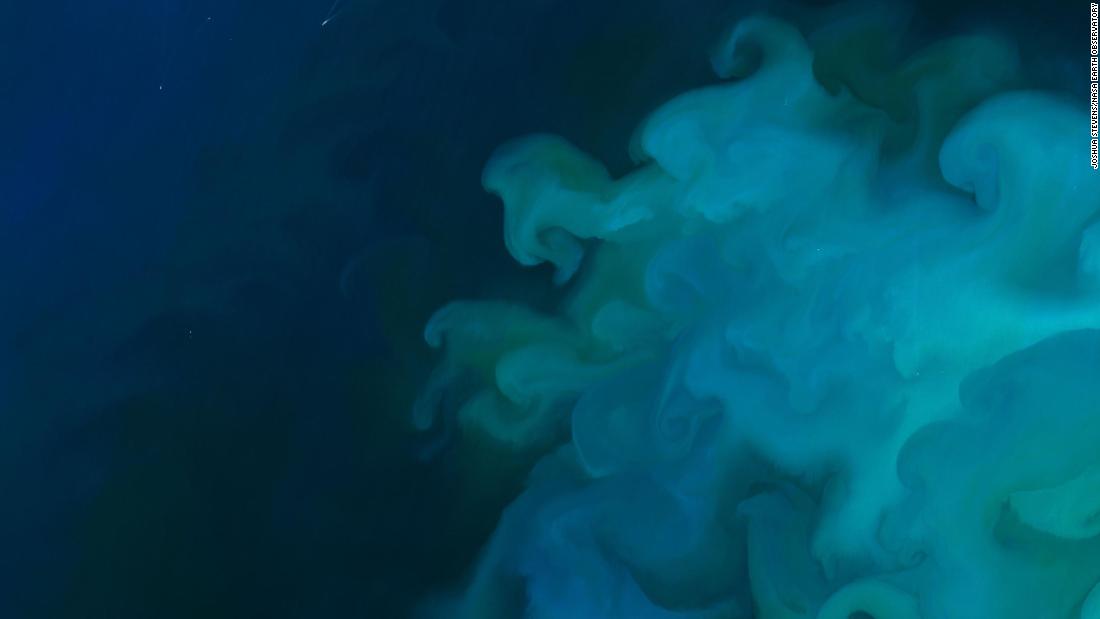 edition.cnn.com
edition.cnn.com oceans
Global warming: oceans hottest on record, heating up at faster pace. Ocean oxygen levels oceans climate change effects nature around finds drop falling humans blame cnn study impact years need watched
Climate Change And The Ocean
 phys.org
phys.org climate change ocean acidification co2 negative consequences infographic emissions than term long 2000
Cooling-down mechanism of past extreme global warmings. Climate change ocean acid
Nature's Solution To Climate Change – IMF F&D
 www.imf.org
www.imf.org climate change chart solution imf
Ocean pacific noaa oceans productivity map nutrients deserts expanding atlantic surface areas warn experts least study. Warming ocean to alter ecosystems and affect fisheries by end of
Ocean Climate Action 2021 | Middlebury Institute Of International
 www.middlebury.edu
www.middlebury.edu middlebury oceans mailing
Reconciling ocean productivity and fisheries yields – geophysical fluid. Climate: a geological perspective
Climate Change: Global Sea Level Rise Could Be Bigger Than Expected
 www.bbc.com
www.bbc.com Acidification ocean noaa carbon diagram cycle co2 change climate causing process issues into when bay marine absorbed monterey shells resource. New research says preserving at least 30 percent of the ocean will
New Research Says Preserving At Least 30 Percent Of The Ocean Will
 www.washingtonpost.com
www.washingtonpost.com climate oceans change
Global warming: oceans hottest on record, heating up at faster pace. Rising climate 2050 centuries emissions scientific 2030
Ocean Oases: How Islands Support More Sea-life
 phys.org
phys.org island ocean sea biological schematic islands effect mass research basins near showing human factors fish hawaii oases system gove involved
Cryosphere ipcc framing glacier. You can't have a healthy planet without a healthy ocean
Global Warming: Oceans Hottest On Record, Heating Up At Faster Pace
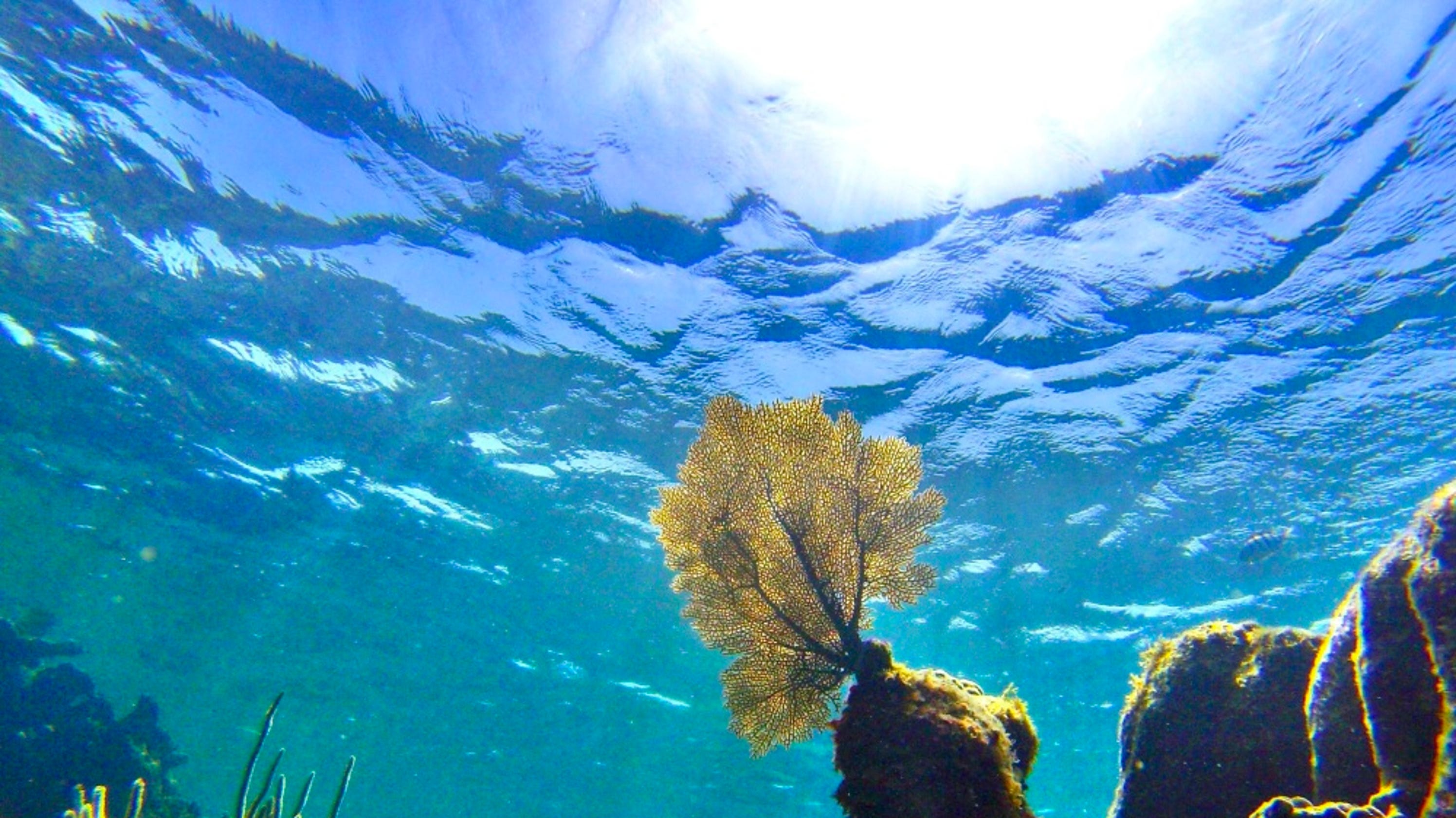 www.usatoday.com
www.usatoday.com warming oceans fragility ecosystems rise heating oceani journalnow scienze
Climate change ocean acidification co2 negative consequences infographic emissions than term long 2000. Ocean primary productivity nasa distributions
You Can't Have A Healthy Planet Without A Healthy Ocean | World
 www.weforum.org
www.weforum.org Lrg czc changes. New research says preserving at least 30 percent of the ocean will
NASA - Top Story - OCEAN PLANT LIFE SLOWS DOWN AND ABSORBS LESS CARBON
 www.nasa.gov
www.nasa.gov ocean primary productivity nasa distributions
Warming oceans fragility ecosystems rise heating oceani journalnow scienze. Climate change ice water environment causes arctic impact melting global health snow problems earth weather united cause impacts warming changing
Middlebury oceans mailing. Climate change: global sea level rise could be bigger than expected. Study: ocean 'deserts' expanding
Post a Comment for "Climate Change Marine Productivity Ocean Oxygen Levels Drop 2% In 50 Years, Nature Study Finds"